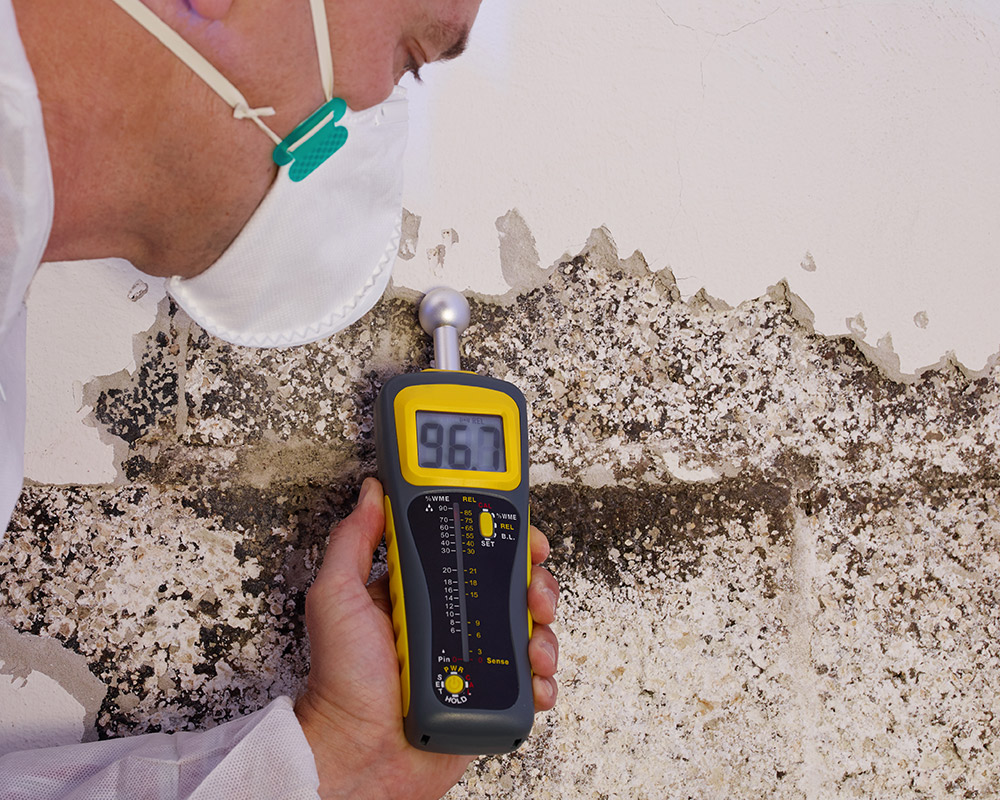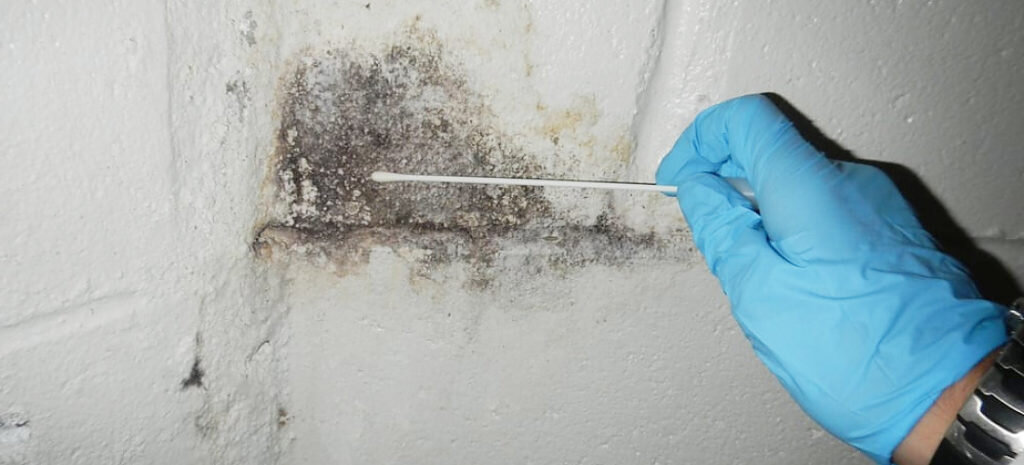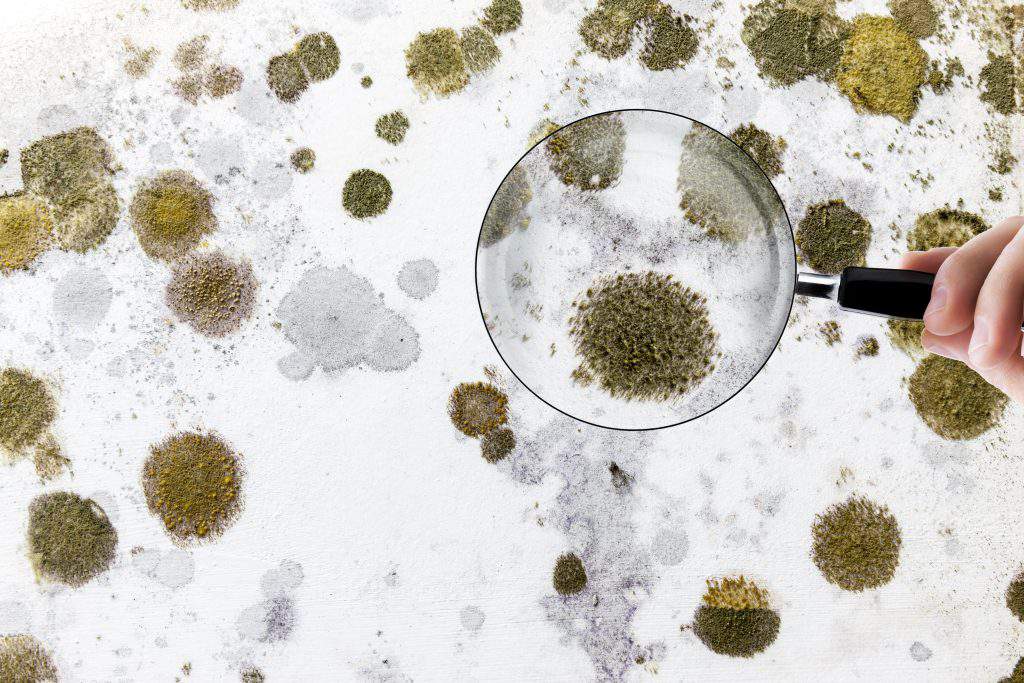Your Ultimate Guide to Blog Post Mold Remediation Techniques
Navigating the world of post-mold removal techniques is a thorough procedure that demands attention to detail and a comprehensive understanding of the details entailed. In the consequences of mold invasion, recognizing exactly how to efficiently eliminate the mold and stop its reoccurrence is vital for preserving a healthy and balanced interior setting. From selecting the appropriate cleaning and decontaminating methods to applying approaches for long-lasting mold prevention, each action in the removal journey plays a critical duty in making certain a successful end result. As we start this exploration of post-mold remediation strategies, we will certainly uncover the vital approaches and ideal methods that can aid you restore your room to its pre-mold condition and guard it against future mold threats.
Understanding Post-Mold Remediation Process
After finishing the mold removal procedure, it is vital to recognize the post-mold removal techniques that are required to guarantee a effective and extensive clean-up. Once the mold and mildew has actually been removed, the next action entails cleaning and sanitizing the impacted locations to stop any kind of regrowth of mold and mildew. This consists of using specialized cleaning representatives to clean down surfaces and eliminate any type of continuing to be mold spores. It is necessary to dry the location entirely to prevent the growth of mold and mildew in the future (Post Remediation verification). Correct air flow and dehumidification can help in this procedure.
In addition, conducting a last examination post-remediation is essential to make sure that all mold has been efficiently eradicated. This inspection must involve a detailed visual check along with potentially air tasting to validate the absence of mold spores in the air. Added remediation might be essential if the inspection exposes any kind of remaining mold and mildew. Enlightening owners on preventative procedures such as managing dampness degrees and promptly resolving any kind of water leakages can aid keep a mold-free atmosphere.
Reliable Cleaning Up and Sanitizing Methods

Avoiding Future Mold Growth

Relevance of Correct Air Flow
Proper air flow plays a vital role in protecting against dampness buildup, a vital aspect in mold and mildew development within indoor settings. Efficient air flow systems help get rid of excess humidity from the air, reducing the possibilities of mold and mildew spores discovering the dampness they need to spread out and germinate. Without appropriate ventilation, interior spaces can end up being a reproduction ground for mold, leading to potential wellness dangers and structural damage.
By ensuring proper air blood circulation, air flow systems can additionally aid in drying out moist areas more swiftly after water damage or flooding events, better preventing mold growth. After mold remediation. In areas like shower rooms, attic rooms, cooking areas, and cellars where moisture levels have a tendency to be greater, setting up and preserving efficient air flow systems is important in preventing mold and mildew infestations

Tracking and Upkeep Tips
Provided the important function that proper air flow plays in protecting against mold and mildew growth, it is important to develop effective monitoring and maintenance pointers to guarantee the ongoing performance of air flow systems. Normal evaluations of air flow systems should be carried out to inspect for any kind of indications of obstructions, leaks, or breakdowns that might impede appropriate air flow. Tracking humidity levels Learn More within the residential property is also important, as high humidity can contribute to mold and mildew growth. Mounting a hygrometer can help track moisture degrees and alert mold removal meaning homeowners to any kind of spikes that might call for attention. Furthermore, ensuring that air filters are consistently cleaned up or replaced is vital for keeping the efficiency of the ventilation system. Applying a routine for regular maintenance tasks, such as duct cleansing and heating and cooling system inspections, can help stop concerns prior to they rise. By staying attentive and positive to the condition of ventilation systems, property owners can efficiently alleviate the risk of mold regrowth and preserve a healthy and balanced interior atmosphere.
Conclusion
Finally, post-mold removal strategies are necessary for making certain a tidy and safe atmosphere. Comprehending the process, applying efficient cleaning and disinfecting methods, protecting against future mold and mildew growth, keeping appropriate ventilation, and normal tracking are all essential actions in the remediation procedure. By adhering to these standards, you can effectively eliminate mold and stop its return, working or advertising a healthy and balanced living room for all passengers.
In the results of mold and mildew problem, recognizing just how to properly eliminate the mold and mildew and prevent its reoccurrence is extremely important for maintaining a healthy and balanced indoor atmosphere. As soon as the mold has actually been eliminated, the next step entails cleaning and sanitizing the influenced areas to prevent any type of regrowth of mold and mildew - After mold remediation. After removing visible mold and mildew development, it is important to cleanse all surface areas in the affected area to remove any type of remaining mold and mildew spores. To even more improve mold and mildew prevention measures, it is necessary to resolve underlying issues that initially led to mold and mildew advancement.Offered the critical role that proper air flow plays in preventing mold growth, it is crucial to develop reliable surveillance and maintenance tips to guarantee the continued performance of ventilation systems